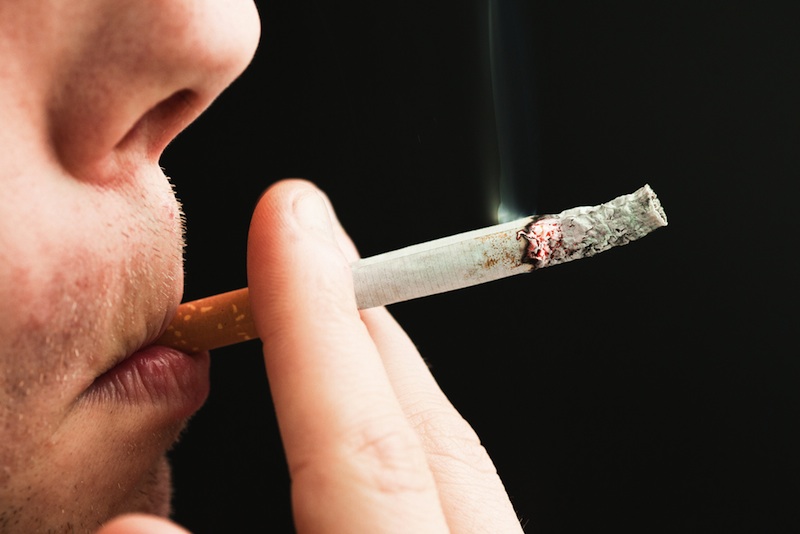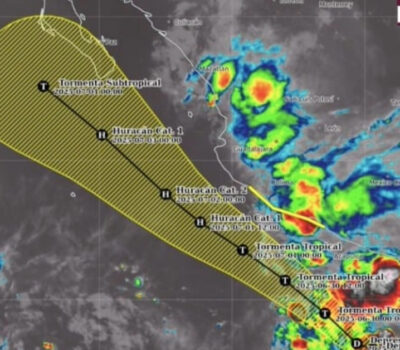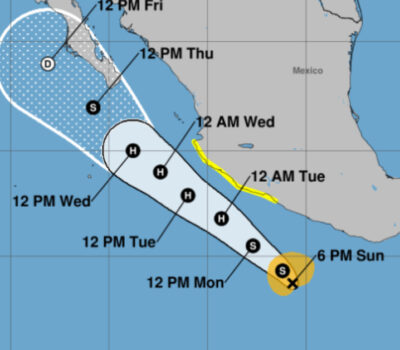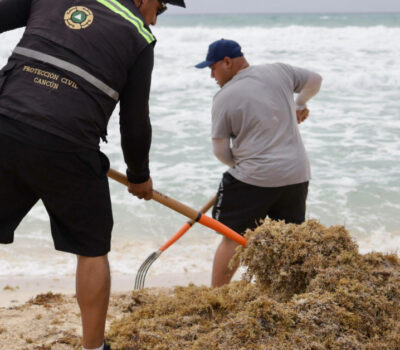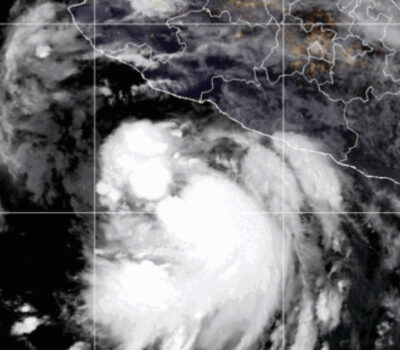When cigarette smokers quit, societal healthcare costs immediately plunge, a new study shows.
If 10 percent of American smokers gave up cigarettes and the rest cut back by 10 percent, the U.S. could shave $63 billion off medical costs the next year, the analysis found.
“You start to see the benefits quickly, and they’re huge because healthcare costs are so gigantic,” study coauthor Stanton Glantz told Reuters Health. He directs the Center for Tobacco Control Research and Education at the University of California, San Francisco.
The study is the first to project cost savings within a year of smoking reductions throughout all 50 states and the District of Columbia.
Dr. Tom Frieden, director of the U.S. Centers for Disease Control and Prevention, told Reuters Health that the study adds to the evidence showing a payoff for tobacco-control interventions.
“This study is another good documentation that tobacco control really is a best buy,” said Frieden, who was not involved in the study. “We need to invest in it because it will save lives and save money.”
The analysis makes the case for tobacco-control policies as “a very good form of health care and societal investment by governments,” according to the authors of an editorial accompanying the study in PLOS Medicine.
The report points out that California and Arizona slashed healthcare costs following smoking reductions. Research also has shown that smokers who quit cut their risk of heart and asthma attacks within a month, and pregnant women who stopped smoking were more likely to deliver infants at healthy birth weights than smokers, Glantz said.
The new study found that regions with lower smoking rates had substantially lower medical costs from 1992 through 2009.
Californians spent $15.4 billion less on healthcare in 2009 than they would have if they smoked as much as the national average, the analysis estimates. At the other extreme, Kentucky residents spent an estimated $1.7 billion more than the national average on healthcare because they smoked more. (See state by state map here: bit.ly/1XgElkW.)
The study quantifies how varying regional smoking rates might translate into healthcare costs. Using 2012 data, it estimates a $6.3 billion drop in healthcare spending following a 10 percent relative reduction in smoking prevalence based on state and national averages in a single year.
“Tobacco control – in addition to being good public policy in the long run – is an important contributor to medical cost-containment in the short run,” Glantz said.
When the U.S. Surgeon General first linked smoking to lung cancer in 1964, 43 percent of American adults were smokers; today that proportion is 18 percent, according to the CDC.
Despite the decline, smoking still kills more than 480,000 Americans a year, and thousands of the nation’s youth take up the habit every day, Wayne Hall from the University of Queensland, Australia and Chris Doran from Central Queensland University write in their editorial.
“Smoking remains the leading preventable cause of death in the U.S., and it is driving up our healthcare costs,” Frieden said. “On the flip side, tobacco-control measures save lives and save money. The states that do more on tobacco control see their people live longer and cost less in health care.”
Tobacco-control measures include raising cigarette taxes, creating smoke-free environments, airing hard-hitting anti-smoking ads and helping smokers quit.
Tobacco’s financial toll in the U.S. today amounts to an annual $300 billion, with nearly $170 billion in direct medical care for adults and more than $156 billion in lost productivity, the editorialists write.
U.S. states spend only a small fraction of the $3.3 billion the CDC recommends for tobacco control, they continue. “Appropriate state expenditure would accelerate the decline in tobacco use in youth and adults and bring forward an end to the tobacco smoking epidemic while saving billions of dollars in avoidable health care costs,” they conclude.
The tobacco industry spends a million dollars every hour to promote its products, Frieden said, adding: “We in public health need to do everything we can to promote the facts.”
SOURCE: bit.ly/21XNlMR and bit.ly/23IBKAC PLOS Medicine, online May 10, 2016.
When cigarette smokers quit, societal healthcare costs immediately plunge, a new study shows.
If 10 percent of American smokers gave up cigarettes and the rest . . .

